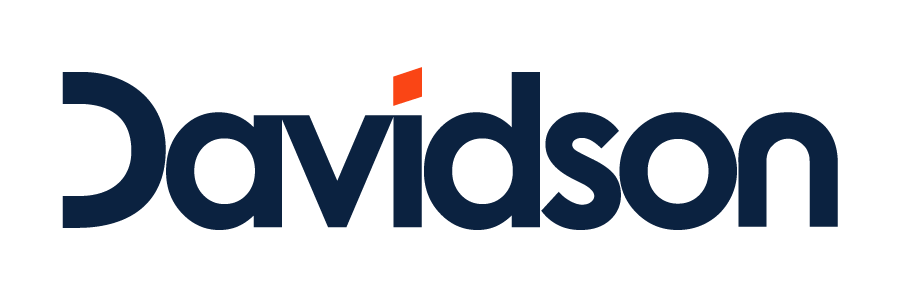The right structure proves key to achieving strategic vision
Davidson’s review and redesign of our client’s organisational capability and current operating model positioned it to successfully deliver its strategic vision.
CHALLENGE
After appointing a new CEO, a local government authority wanted insights to inform decision making regarding its leadership structure and future operating model. An optimal structure and operating model were key to ensuring the organisation could deliver a new strategic blueprint.
An assessment of the existing operating model would inform a management structure review, with the aim of strengthening its organisational capability. This would support our client’s ability to deliver its service obligations and the elected council’s policy commitments.
SOLUTION
Core design logic informed operating model
Davidson’s Business Advisory team reviewed the current organisational structure, culture and capability, and operating models, to identify where risks and opportunities existed. We then recommended changes to organisational design and delivery processes to improve performance. The project timeframe was six weeks.
A data-led approach measured and reviewed organisational capability. We developed and led a staff engagement process that combined the use of hard data (quantitative) and soft data (qualitative) to measure and understand the council’s capability to deliver on the organisational vision and strategy, and to review service delivery.
Our team implemented the process via a range of channels including:
- An all staff feedback survey to measure the current culture and climate and provide a measure of engagement regarding changes to the operating model
- Virtual focus groups
- One-on-one consultations with the current senior leadership team.
In addition, every staff member had the opportunity to provide feedback through multiple drop-in sessions.
The consultative approach provided an opportunity for all staff to participate in a transparent and meaningful way, while the data informed the review findings and recommendations.
Based on feedback, a core design logic for the new operating model emerged. This became key to explaining the critical functions the council needed to perform. From there, the functions could be grouped in an operating structure for best value and clarity of purpose.
Reflecting the review’s findings and staff feedback, and based on organisational design principles and best practice guidelines, we developed a final report. This contained a number of integrated options for strategic improvements to our client’s organisational structure and core business processes.
OUTCOMES
Council positioned for success
Project insights enabled the council to develop a new structure to enhance performance and mitigate risk. Our client could now meet its short- to medium-term challenges with the right people in the right roles, who possessed the capacity and capability to effectively lead and manage the organisation.
The council also implemented the new operating model, which considered how each division of the organisation would work together efficiently and effectively to deliver its strategic plan.
This important piece of work set the council up for success. It is now positioned for the future, capable of delivering the best outcomes for its community.





